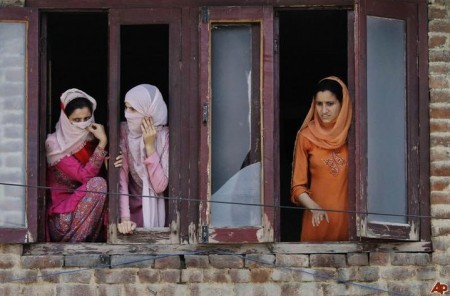
This article was originally published by YaleGlobal Online on 10 August 2017.
By 2024, India will slip past China to become the most populous country and must rapidly prepare for a fast-changing economy.
India will likely hold that rank throughout the 21st century. Its population is 1.34 billion, nearly a fourfold increase since independence 70 years ago. China’s population, at 1.41 billion, roughly doubled over the same period. The pace of India’s population growth, now at 15 million per year, is the world’s largest. The two nations alone have more than a billion people, and their population gap is projected to widen to 500 million by 2100. By comparison, the third and fourth most populous countries in 2100, Nigeria and the United States, are projected to have populations of nearly 800 million and 450 million, respectively.
The long-term growth of India’s population, largely a function of fertility rates, is less certain. UN population projections indicate a range of possible scenarios. For example, if India’s current fertility of 2.3 births per woman remains constant, its population would grow to 1.8 billion by 2050 and 2.5 billion by 2100. Even under the instant-replacement fertility variant, with the country’s fertility assumed to fall immediately to 2.1 births per woman, India’s population would reach 1.9 billion by the century’s close.




